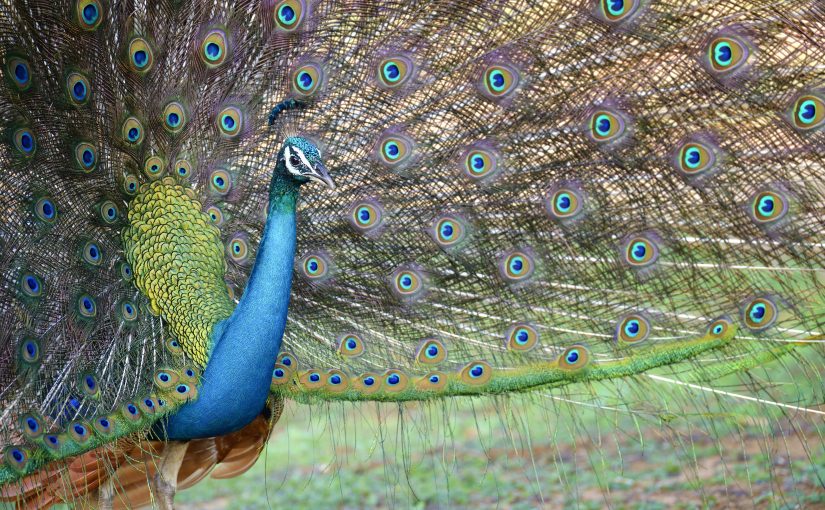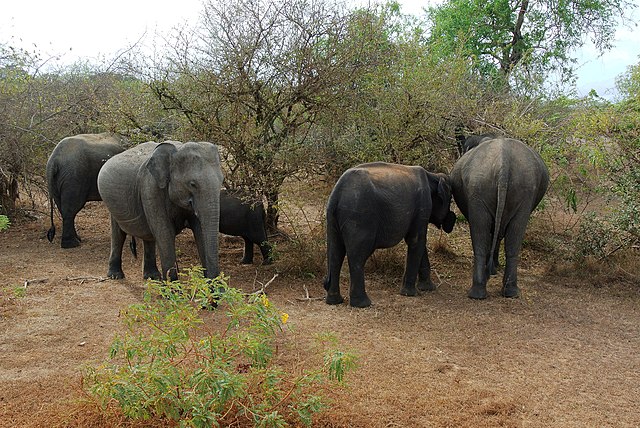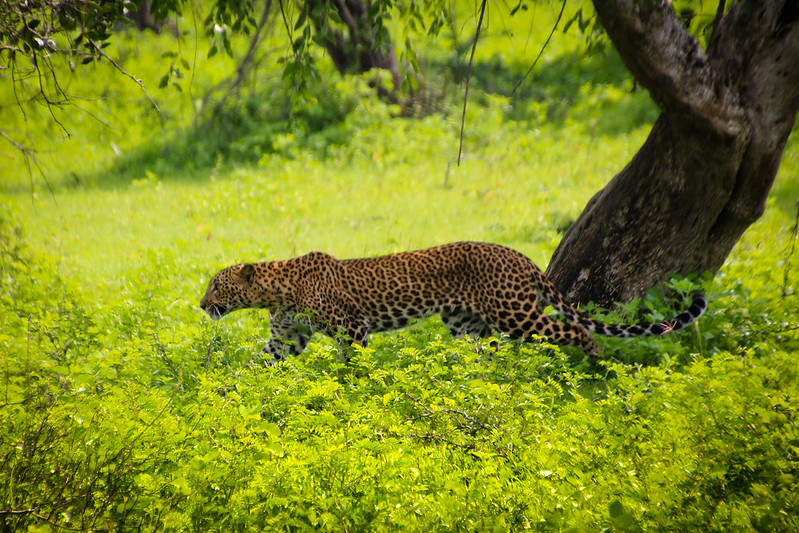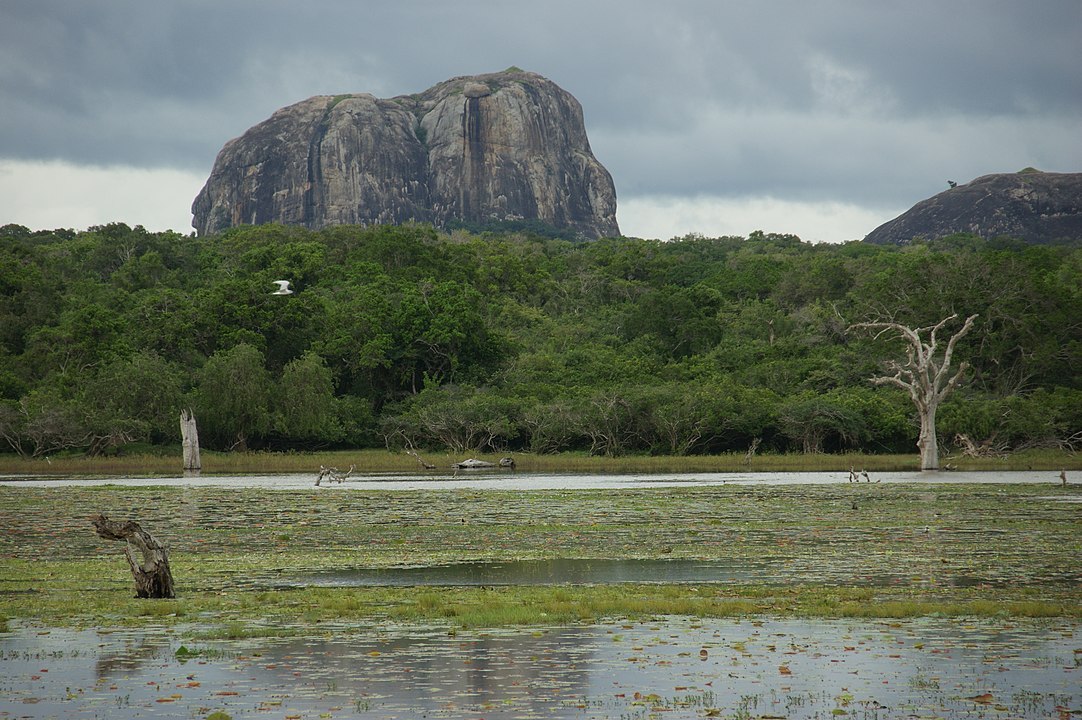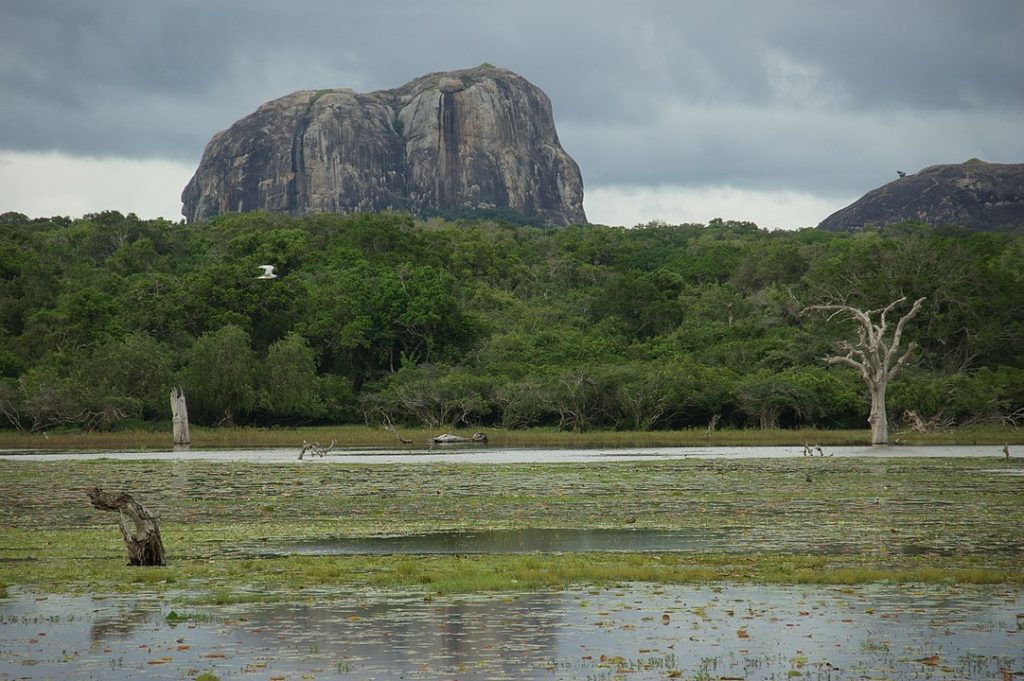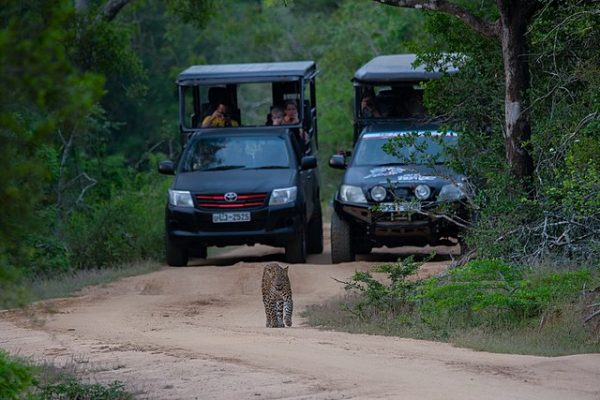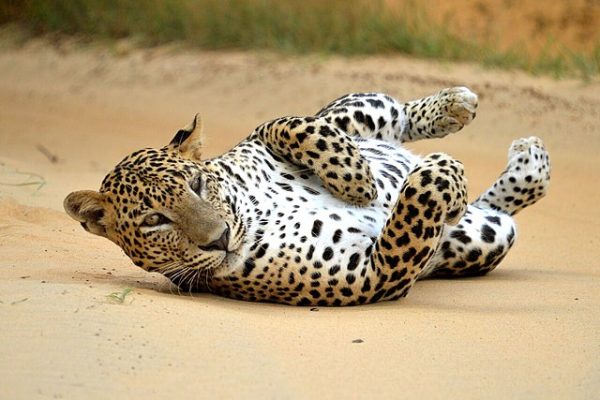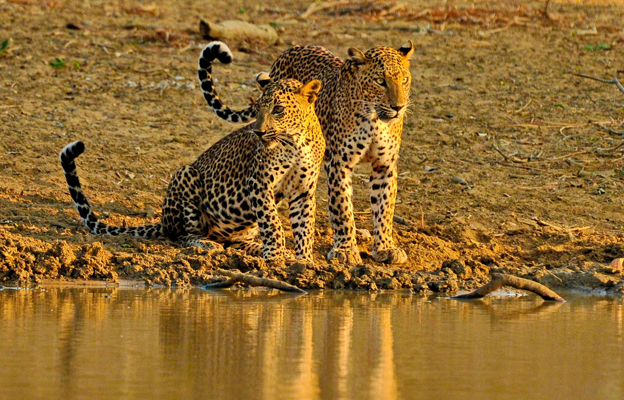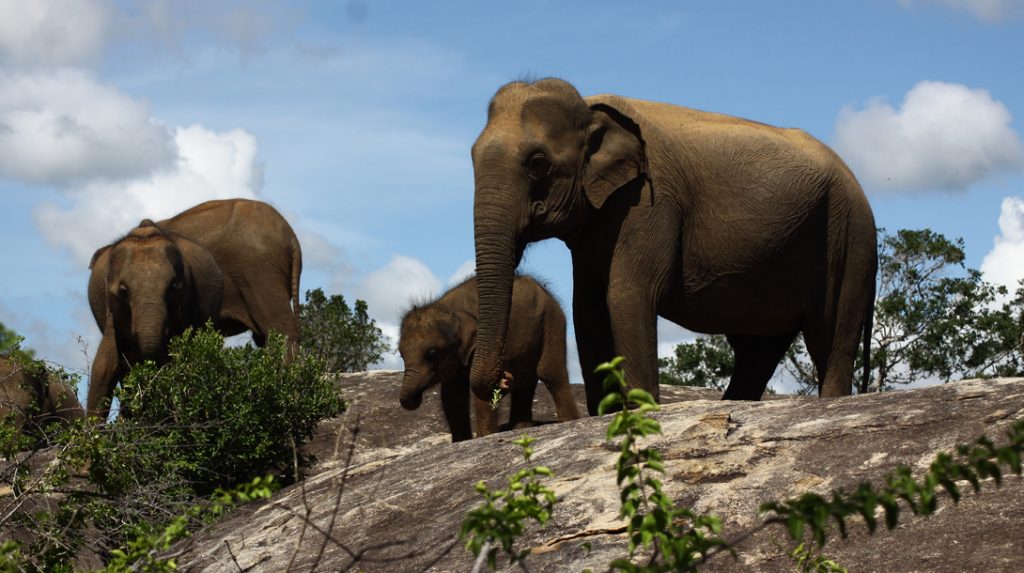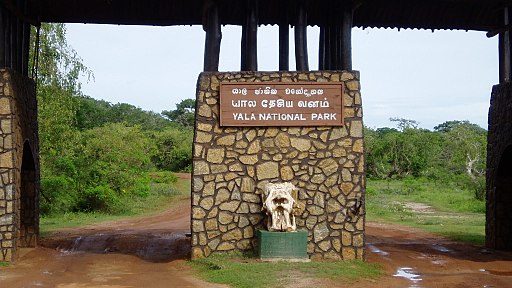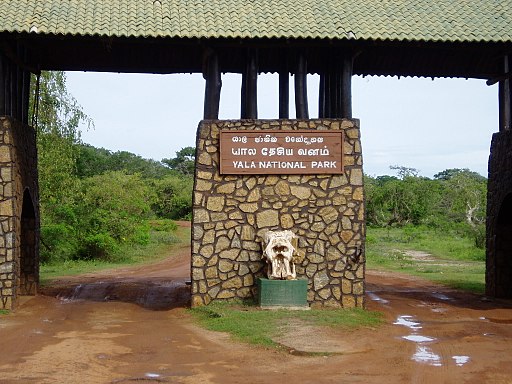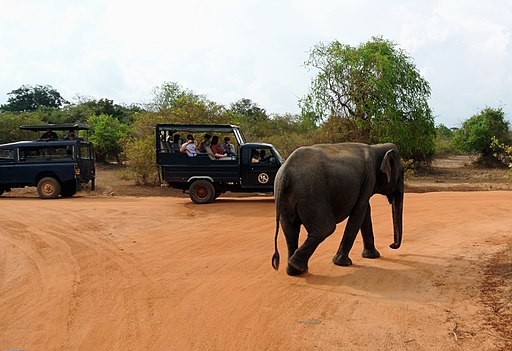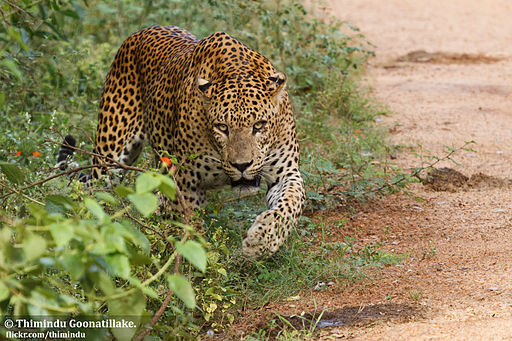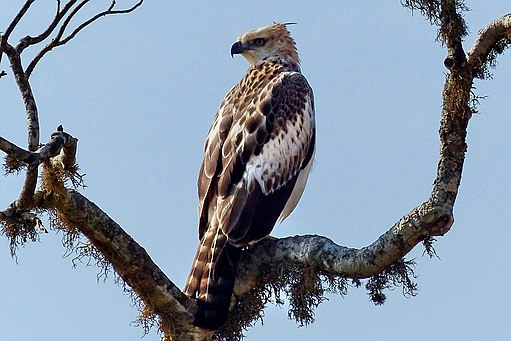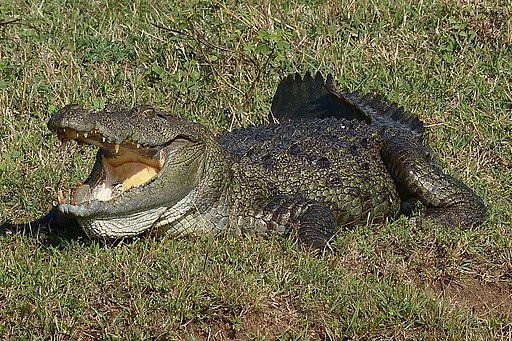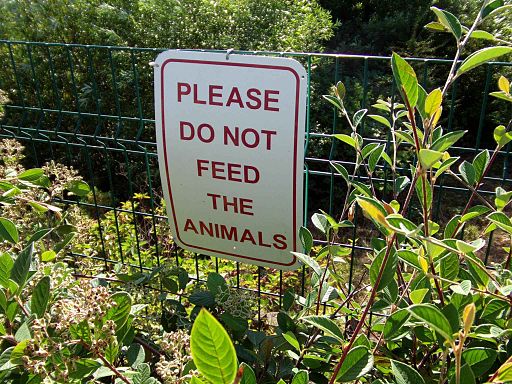Sri Lanka is home to many wildlife parks, and Yala is one such popular park that is also UNESCO recognised. If you want to travel deep into the forests and take a closer look at the wildlife, Yala is the ideal destination for you. Planning to visit Yala National Park for the first time? This guide is for you.

How to Get There!
Yala National Park can only be accessed through Tissamaharama City. You can get to the city via a bus or your private vehicle. Before you visit the park, it is best to leave your belongings at one of the Yala hotels you choose for accommodation and travel light. Leopard Safaris Yala can be an ideal destination to save your travel time.
What to See!
This gigantic park stretches from the jungles to the beach and is divided into five blocks. You are only allowed to explore blocks 1 and 5, and the rest remains close to the public to leave the wildlife as undisturbed as possible. Elephants, leopards, deer, crocodiles, monkeys, and buffalos are some commonly sighted animals, while you can also see a range of birds.
When to Go!
The dry season for the area falls between February to June, and this is the best time to visit the park. You can easily spot animals as they frequently gather at ponds to drink water. If leopards are who you’re excited to see, February and March are the ideal months to visit Yala. The park is usually closed in September, but you can visit any day of the year for affordable rates.
